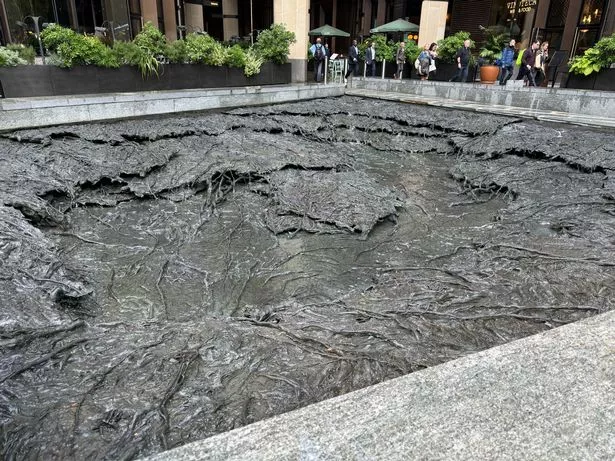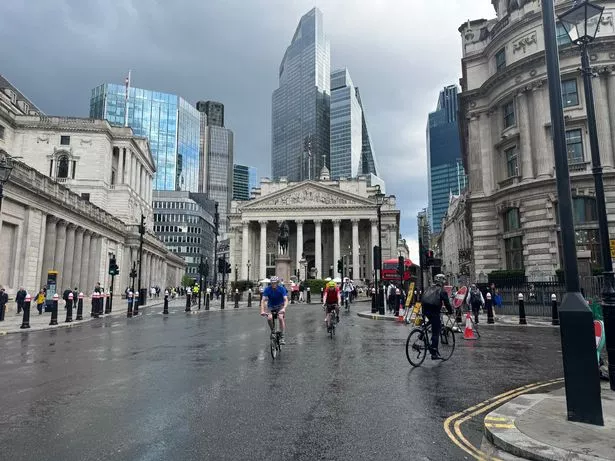
Beneath the bustling streets of the City of London once flowed a river called the Walbrook. It’s now buried about 30 feet below ground level, and it’s part of a network of ‘lost rivers’ that defined Roman London.
The Walbrook used to separate two hills - Cornhill and Ludgate - which helped shape how the Romans built the city. It provided a vital source of freshwater and powered industries such as tanning, glassmaking and pottery production.
But by the second century, the river began silting up, and was slowly covered over as the city grew. But even though it’s hidden today, signs of it still exist in street names, buildings, and ruins.

I decided to walk the path where the Walbrook once flowed, to see what traces I could find. I started at Walbrook Wharf, where the river would have once joined the Thames.
Today, the wharf is an industrial site - a waste transfer station that processes up to 50,000 tonnes of rubbish a year from central London. Despite the wharf’s gritty present-day purpose, it reflects a long history of riverside industry and trade.
From there, I walked toward Cannon Street, following the river’s old path. Underneath the train station, the remains of a large Roman house were found - the concrete was so strong that Victorian builders couldn’t break through it.

While I was at Cannon Street, it suddenly started to rain, even though it was a clear sunny day. It felt like a strange reminder that the river is still there, hidden below.
Across the road is the Walbrook Building, named after the river, and it marks the start of the Walbrook ward in the City of London. Nearby, you can also find a piece of art called Forgotten Streams.
The sculpture, by Cristina Iglesias, shows the path of the old river using bronze and stone. An inscription on the piece of art reads: “The artist has taken her inspiration from the ancient Walbrook river which flowed through this site for hundreds of years. A watercourse during the Roman period, the Walbrook was slowly buried over the ensuing centuries.”

Next, I headed to Bank and stopped at 1 Poultry. In the 1950s, archaeologists found a Roman temple underneath this building, built around 250 AD and used by merchants and soldiers who likely relied on the river.
This part of the Walbrook was one of the most functional, carrying water through the Roman city. At the Bank of England, there was even an aqueduct to help the river flow through the Roman wall.
Just behind the Bank, architect John Soane built a small building based on the Roman Temple of Vesta. Decorative details around it - waves, shells and rivulets - seem to whisper the presence of the river below.

My final stop was Throgmorton Avenue: now a quiet street, but once a riverside ditch. Archaeologists have found Roman objects buried here, including dishes, tools used for tanning leather, and even a bear’s skull.
All these finds show how busy life once was around the Walbrook. Even though it’s buried, the river still shapes this part of London.
From ancient temples to modern waste stations, the Walbrook’s story is one of constant change. And if you know where to look, you can still find signs of it all over the City.
To watch more videos and read more stories from our London's Hidden Secrets series, see the topic page. As part of the project we have explored the clues that remain of the Roman road to London, and met the gas lamp lighters who light the city's Victorian lamps by hand every night.
Get the top stories from across London directly to your inbox. Sign up for MyLondon's Daily Newsletter HERE to get the biggest stories every day
(Feed generated with FetchRSS)











Post a Comment